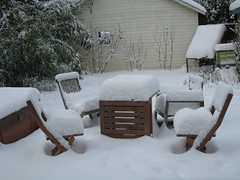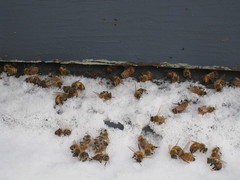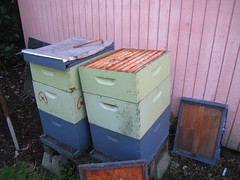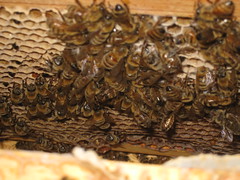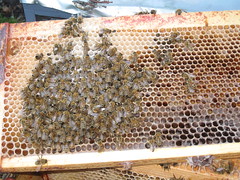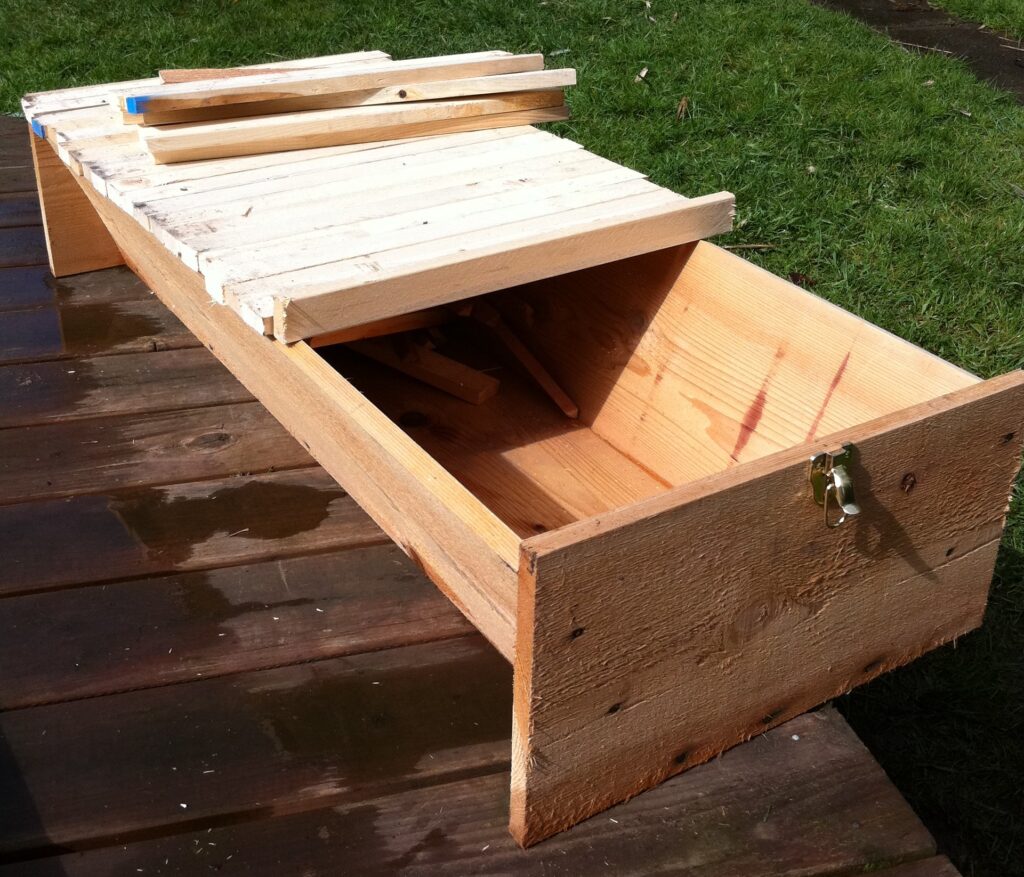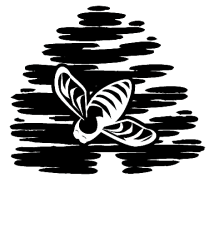Like the many of the rest of the northern states, we got more than our fair share of snow this past December. Seattle, which ordinarily might get one two days of snow all winter, often amounting to less than an inch, accumulated got what seemed like a foot or more (but that’s with fisherman’s eyes, no doubt).
In any case, this time of year I often get the question “what do your bees do over the winter,” to which I invariably reply “smoke cigarettes and play cards.”
Less flippantly and more generally speaking, the answer is that they’re hunkered down in a bunch in the center of the hive, keeping each other warm and living off the honey and pollen they spent the year collecting (minus the honey and pollen we collect, that is.) Cold weather isn’t such a problem for them, they survive in much colder climes than Seattle.
Less flippantly and more specifically to my hives, they die.
Half of them, anyway. That is, this past Sunday was balmy and bright, perfect day for mowing the shaggy patch of grass we call lawn and cracking open the hives to see how they were getting on. Upon removing the top inner cover of Hive 1 (aka Shady Hive), I heard the faint annoyed buzz of my girls rousing themselves from below, and a few came out to object to my leaving the door open and letting in a breeze. I shut the top and left well enough alone.
The opening of Hive 2 (aka Sunny Hive), on the other hand, was a more somber affair. Huddled at the top was a cluster of bees, same as I imagine were huddled down lower in Shady Hive, except that the Sunny Hive bees lacked a certain vitality.
In other words, they were dead.
It wasn’t hunger that did them in, as there were clearly honey stores all around them, and there were enough of them that I doubt it was the cold, but I’m not sure what else to pin it on. You can see in the top set of pictures that Sunny Hive (on the right) does have more dead bees out front during the snow, but inside they seemed in good physical shape, piled one atop the other and burrowed into empty cells. Good physical shape, ya know, aside from their deadness.
Could be mites, of course, but I didn’t see any direct signs.
One interesting note was that I clearly made a mistake in the hole I drilled in the bottom of the hive for ventilation. The idea was to create airflow that would keep moisture from building up. My mistake, it seems, was putting screen on the bottom and top of the hole. It ended up creating a closed area for detritus to build up in, which it did and eventually plugged the hole. Take a peek:
My plan is to replace the whole bottom board with a screened bottom for mite control next Spring anyway, but were I to try this method again, I’d put the screen only on the inside of the hive, not the outside as well.


